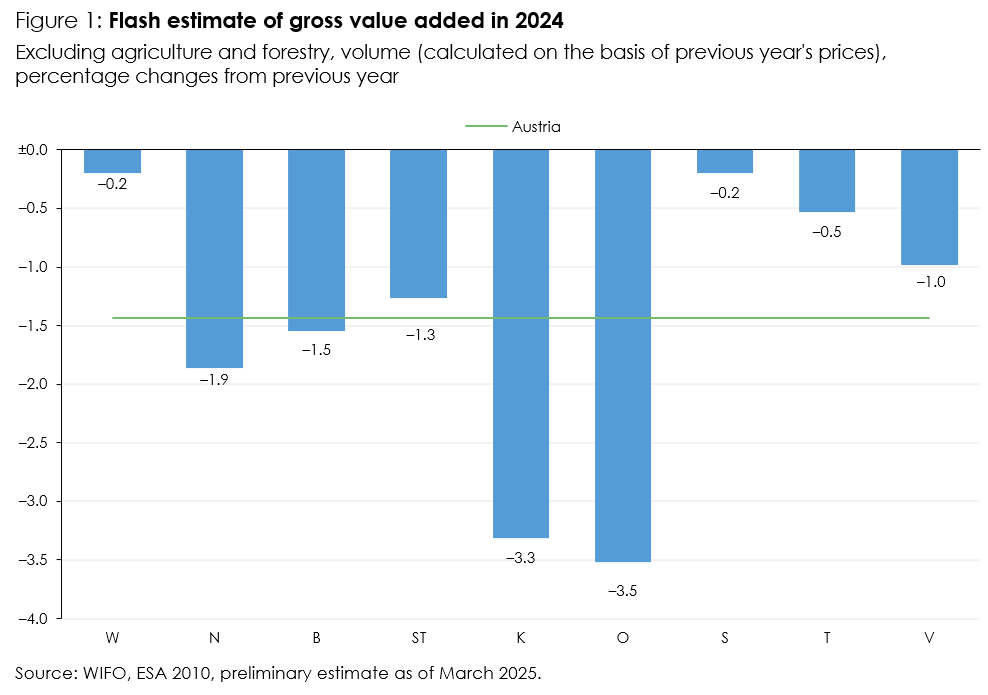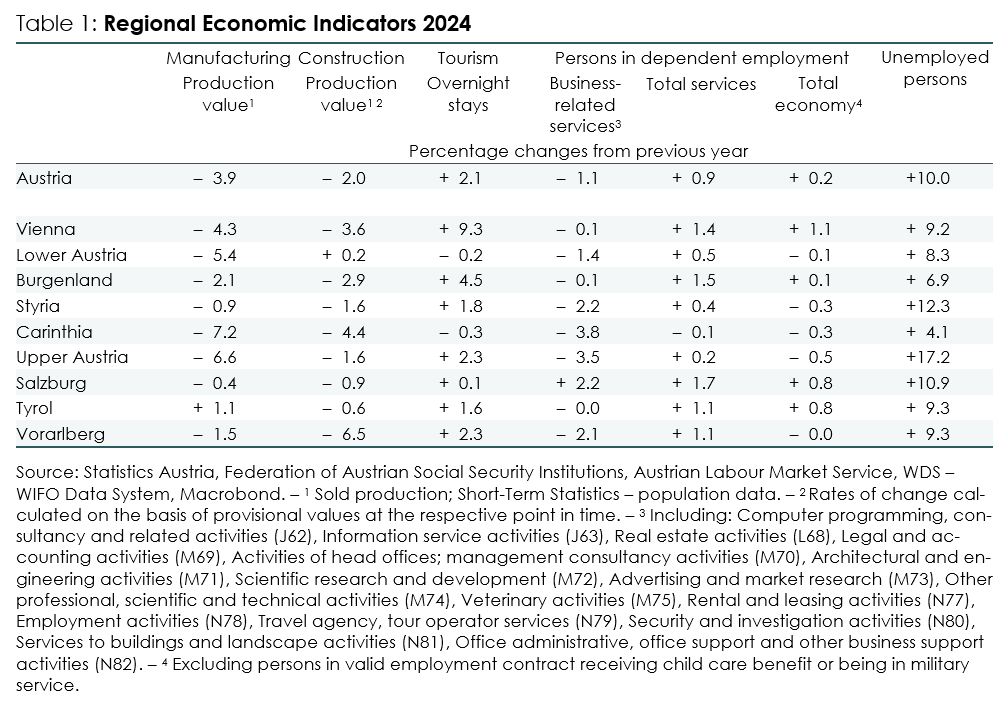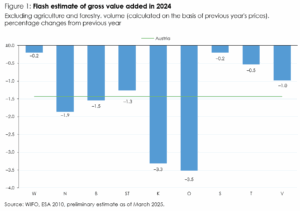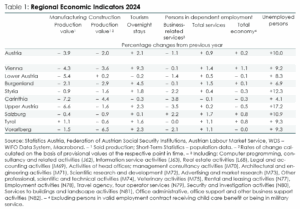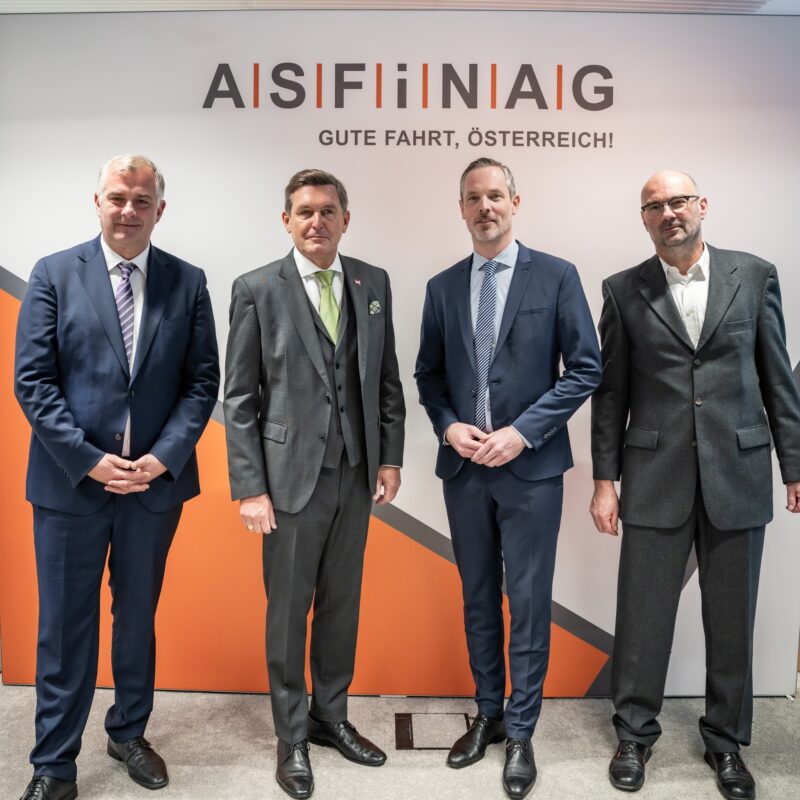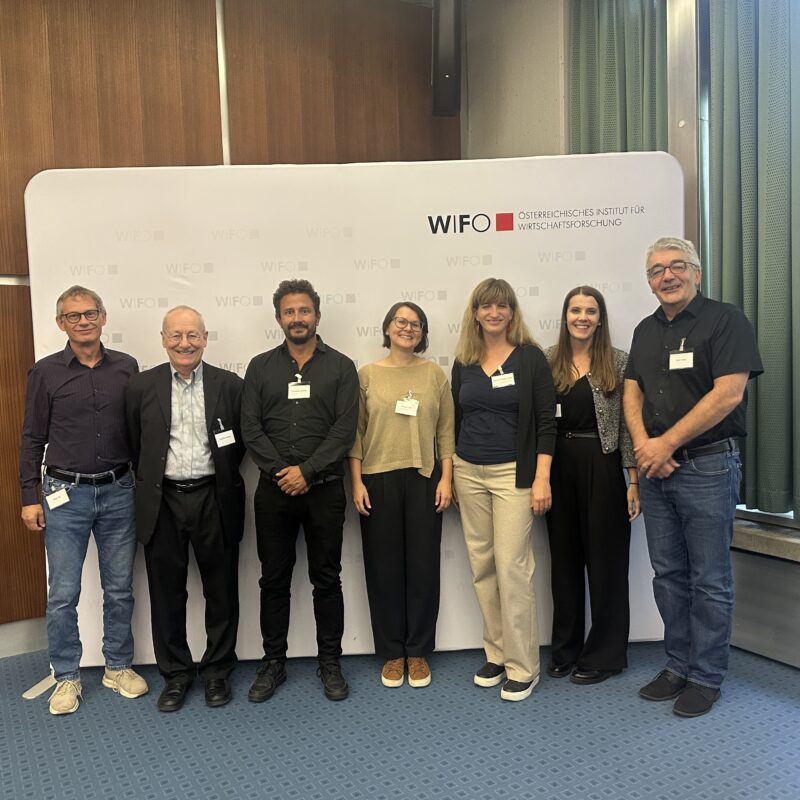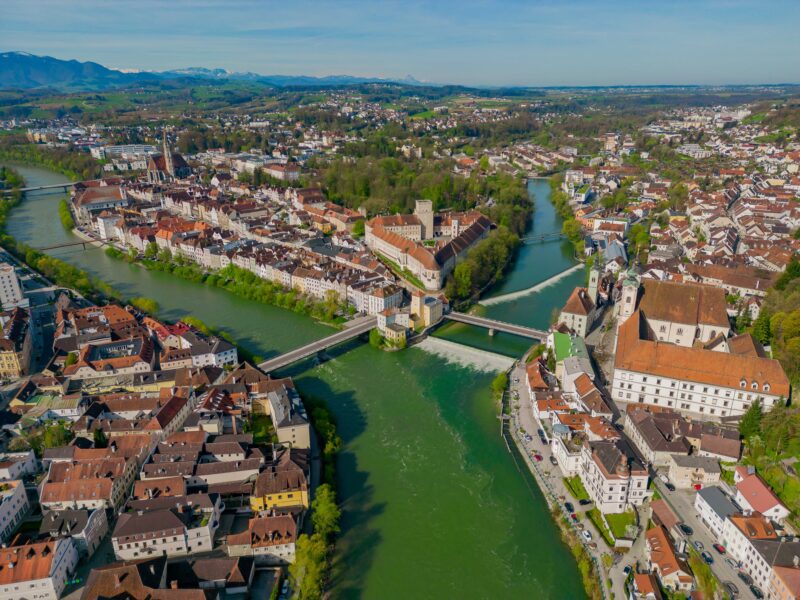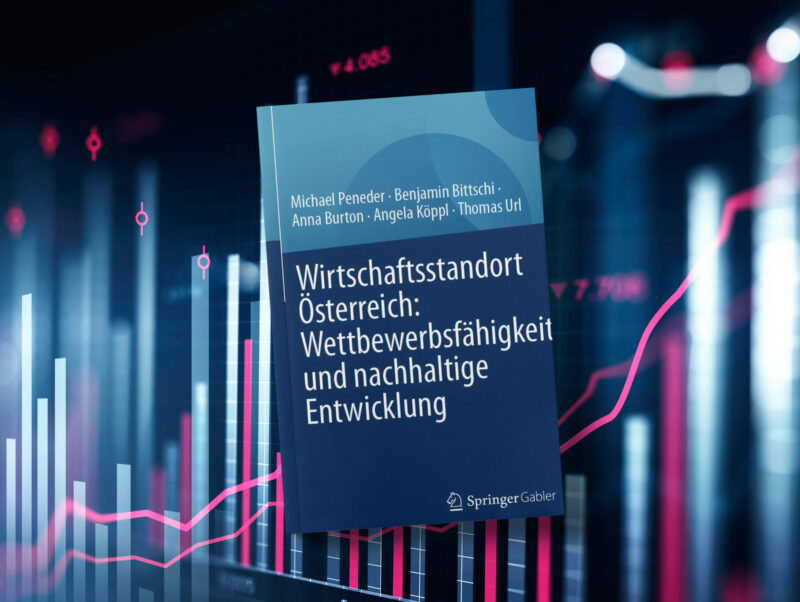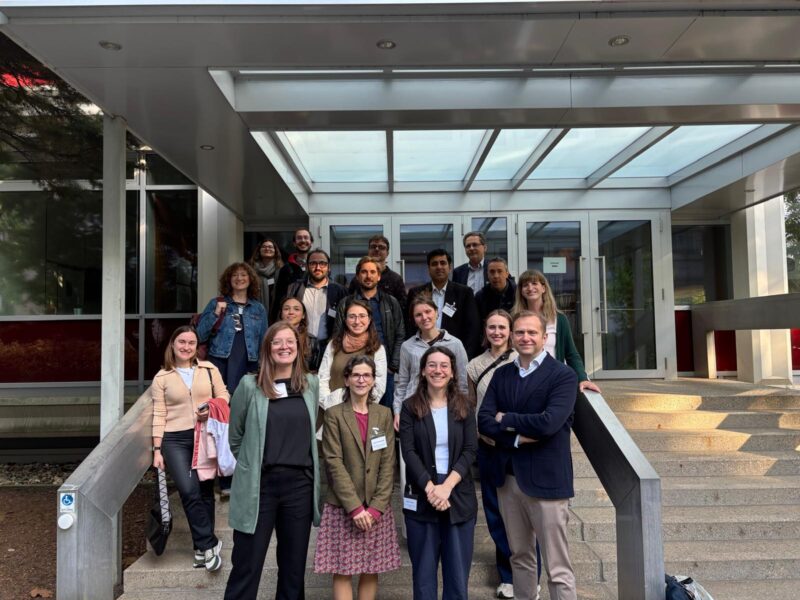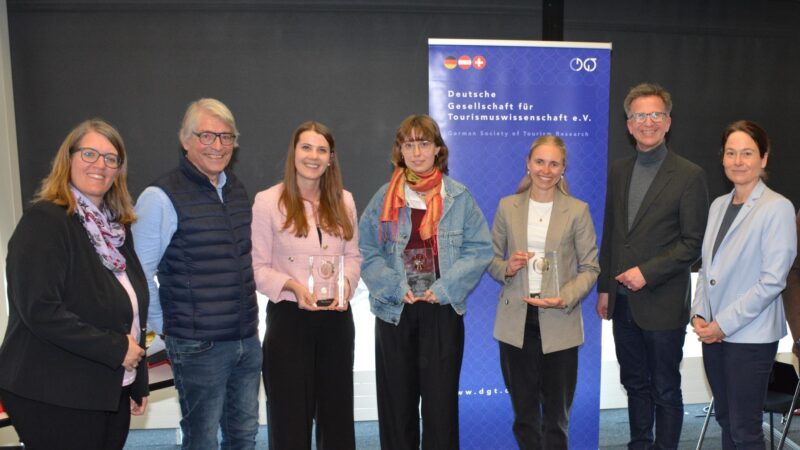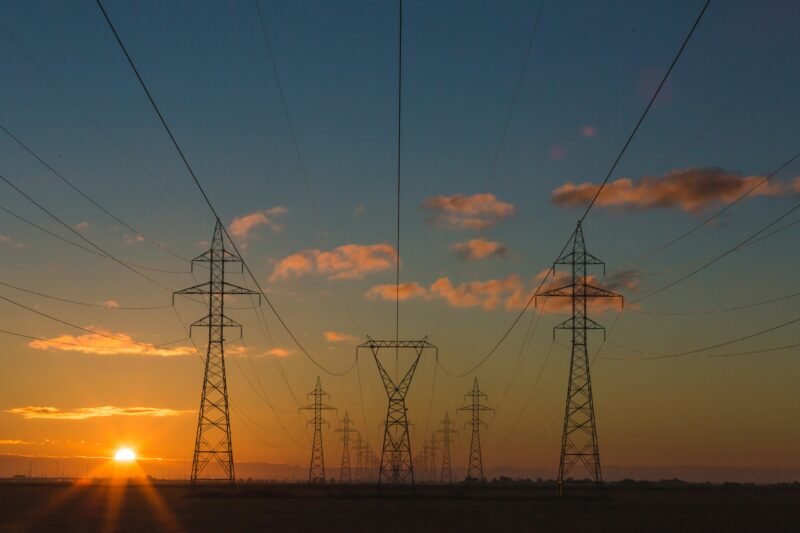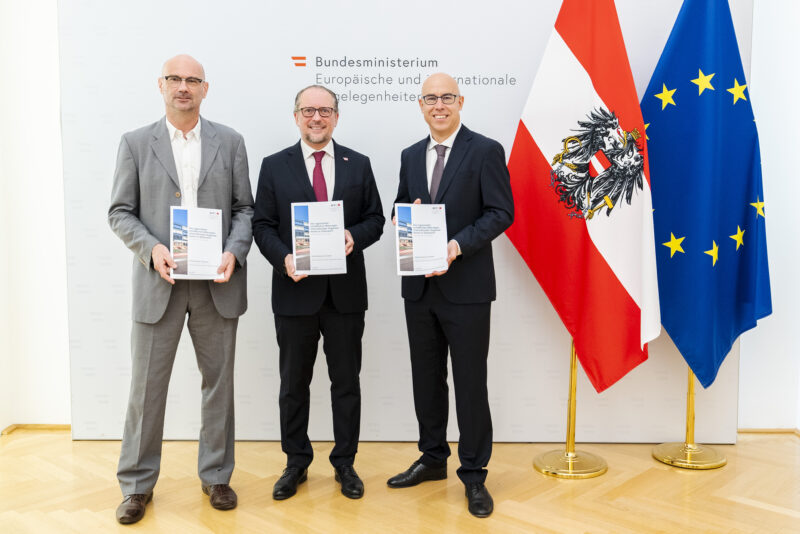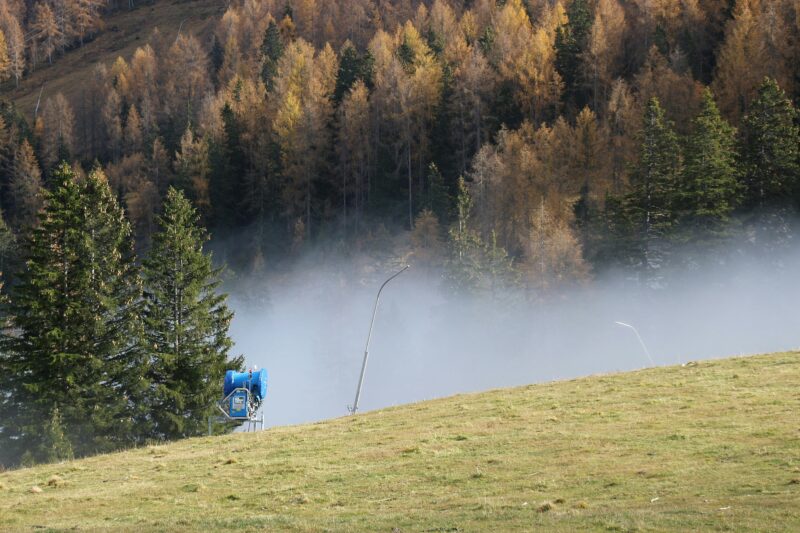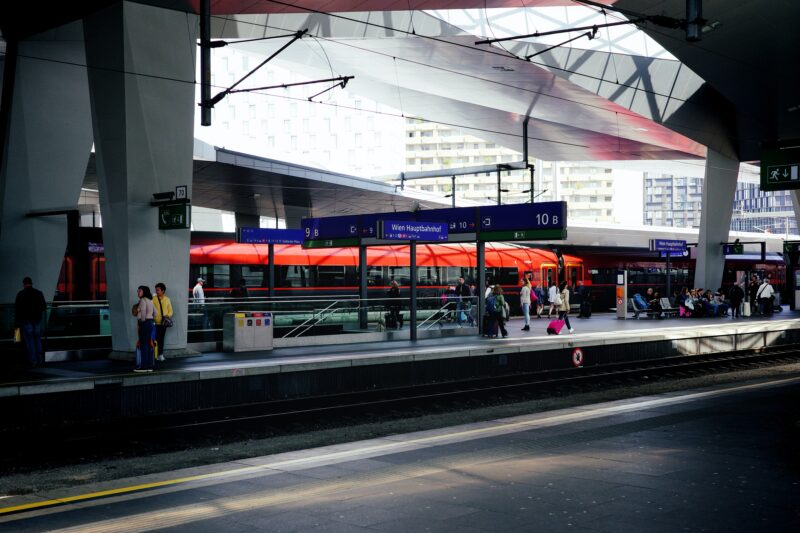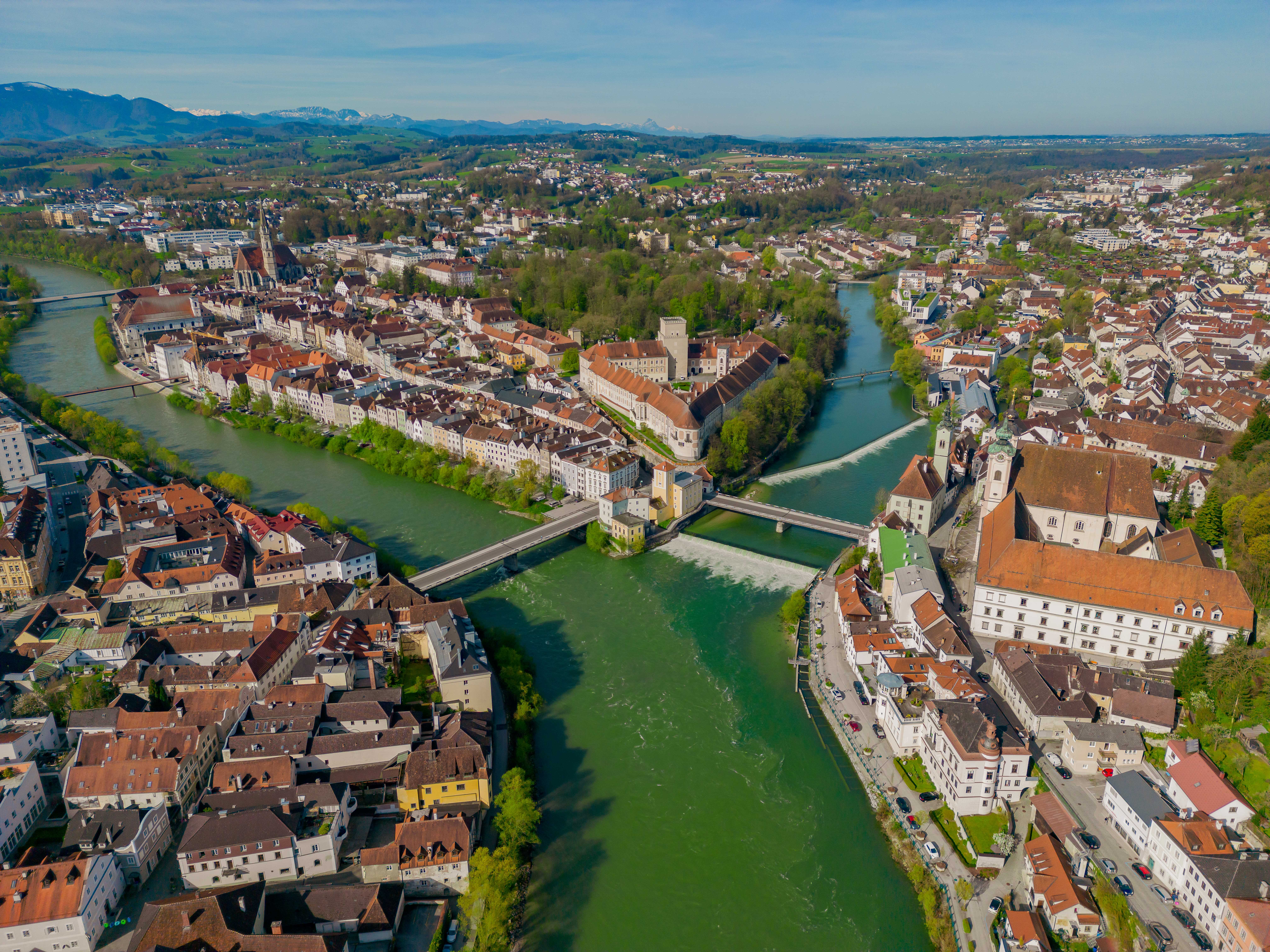
Recession Hit Austria's Regions Differently
Regional differences are driven by a weakening manufacturing sector
According to WIFO's Flash Estimate, gross value added declined in all federal states in 2024. This reflects a decline in value added across almost all sectors. Considering the expenditure side of the national accounts, it is worth pointing out that private consumption hardly contributed to strengthening overall economic demand despite considerable real wage increases compared to the previous year.
Manufacturing was hit hardest, particularly in Carinthia, Upper Austria and Lower Austria, based on the value of sold production (excluding changes in inventories and resales of goods and services). In contrast, Styria, a region that is also strongly dependent on industry, fared relatively well with a 0.9 percent decline in manufacturing production (Austria –3.9 percent), which can be attributed, among other things, to positive developments in mechanical engineering, the paper and pharmaceutical industries, and the manufacturing of data processing equipment. Tyrol was the only federal state to achieve growth in manufacturing sold production.
The construction sector appears to have reached rock bottom
The only sectors to record growth in value added (price-adjusted) in 2024 were credit and insurance, information and communication, public administration, and real estate and housing. Unlike in the previous year, the accommodation and tourism sector did not make any positive contributions to growth in volume terms, even though overnight stays and nominal travel revenues increased.
While manufacturing declined again in the fourth quarter, the construction sector appears to have bottomed out. A gradual stabilisation was evident over the course of the year, and new orders, an important leading indicator of economic development, also recorded growth again in all federal states.
Employment stagnated in 2024 as a result of the recession
Active employment in Austria stagnated in 2024 with +0.2 percent, after growing robustly by 1.2 percent in 2023. Construction and manufacturing were particularly affected by the declines, while public administration and health and social services provided positive impetus.
The largest job losses were recorded for Upper Austria (–0.5 percent), Styria and Carinthia (both –0.3 percent). These three provinces also saw relatively high job losses in the market-oriented services sector. Vienna (+1.1 percent), Salzburg and Tyrol (both +0.8 percent), by contrast, continued to record noticeable employment growth.

